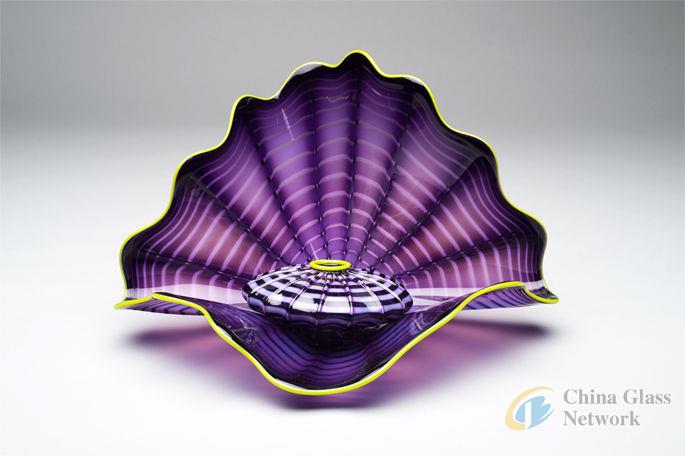Post Time:Aug 12,2015Classify:Glass QuotationView:863
Protected by a glass encase, a red teardrop-shaped glass structure with spikes shined in a dim art gallery on the second floor of the Palmer Museum of Art.
This current exhibition at the Palmer Museum of Art is called “Luminous Allure: Studio Glass from the Collection of Audrey and Norbert Gaelen,” now being showcased until Sunday, Aug. 16.
This exhibition showcases different glassworks by current and past significant artists in the studio glass art movement.
This glass exhibition is the private collection of Penn State alumni Norbert Gaelen and his wife Audrey Gaelen, two patrons who have loaned as well as gifted pieces of art to the museum for many years.
Curator Joyce Robinson explained the studio glass movement is a fairly new movement in the art world.
It began in 1962, through the experimentation of its founder Harvey K. Littleton, a native of Corning, New York as well as a frequent visitor of the Corning Museum of Glass.
“[Littleton] was trying to figure out a way for artists to blow glass in their own studios, meaning outside of a factory setting,” Robinson said. “He knew a lot about blowing glass in a factory setting and so, what he wanted to do was put hot glass in the hands of, not quite literally, in the hands of artists.”
Robinson said other artists, like Lino Tagliapietra and Littleton’s famous student Dale Chihuly, have followed in Littleton’s footsteps by creating their own signature pieces of studio glass.
The Gaelans have several pieces from both Tagliapietra and Chihuly in their collection, which the museum has positioned close to the exhibition’s entrance.
This trait of accessibility with studio glass art has caught the interest of the average people visiting the museum, said Curator of Education Dana Kletchka-Carlisle.
[Related: Palmer Museum of Art educates children through art workshops]
“I think one of the reasons why so many people connect with it so much is it is something that we are very familiar with and these artists are able to utilize it or form it in ways that are completely unimaginable,” Kletchka-Carlisle said.
While these pieces may seem simple to the eye, Robinson said these pieces are complex, in the sense there are sometimes teams of artisans working together on one glasswork for a long period of time before it is presented.
“In Venice, for instance, you would have the maestro, the lead glass artisan who was working with a team who assist with the kiln,” Robinson said. “[American artists] learned from the Venetians that [studio glass] can be creative and artistic, but it doesn’t have to just involve one artist in the studio. That studio can expand and involve a whole team of people to create a piece.”
Robinson further pointed out that these artists will create these unimaginable pieces through distinctive glass processes and techniques, such as the fusion of different-colored rods called murrine or the pouring of liquid glass into a mold called casting.
“Each piece is distinctive. These are the major names in the studio art world and their work is so distinctive. You can recognize a Toots Zynsky once you’ve seen it. You will never mistake it for someone else’s,” Robinson said.
Based on the staff members’ stories, the museum visitors have noticed these pieces’ unique qualities and the visitors’ reactions have fascinated the staff members.
Graduate student and museum intern Sue Uhlig described how a female visitor was captivated by the similarities between Marvin Lipofsky’s Australian Landscapes and a classic Italian piece of art.
“She said it reminded her of Botticelli’s “The Birth of Venus.” Not just the shell itself, but the movement of the wind and the coloring. That’s the thing, talking with museum visitors or kids can be very interesting and engaging,” Uhlig said.
Uhlig said some reactions have initially caught her off guard, but she believes these reactions to glass are important for visitors. She said studio glass introduces the average public to the essence of art, the idea of subjectivity and personal interpretation.
“What you think about one particular piece can be the completely different notion of another person because nobody is right and nobody is wrong about their interpretations,” Uhlig said.

Source: http://www.collegian.psu.edu/arts_and_entertainmenAuthor: shangyi